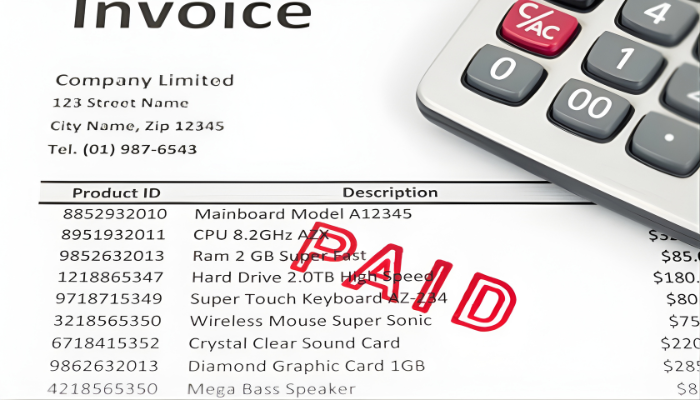
Small business owners are some of the most under-served individuals in the commercial sector. Most small business owners wear multiple hats, ranging from marketing content manager and director of human resources, to CEO and lead customer service representative. It's a lot to handle and, until your company is sustainable enough to bring others on board, Time is a precious commodity.
5 Tips to Help Small Business Owners Save Time
If you're a small business owner, struggling to make it all come together, it's essential that you become a Time Management Guru. These five time-saving tips are a great start, and will help to carve out the internal space required to make smart decisions that take your business to the next level.
- Implement CRM Software. In the beginning, it made sense that only large and mid-size companies take advantage of customer relationship software (CRM); it was expensive, risky and the pay-offs weren't entirely clear. Now, however, there is no question that the right CRM software solution can save small business owners a heck of a lot of time. They nurture potential prospects into qualified leads, a job that takes hours of contact tracking and calendaring if you try to do it on your own. While lead nurturing was the initial goal of CRM software, current platforms offer so much more.
CRM platforms can assist with things like Point-of-Sale, marketing, inventory, accounting, vendor communications and so on. The key is to find the right CRM platform for your company and its needs. Start by investing in a basic version that you can try on for size and then add extra features if/when you need to. Visit PC's, The Best CRM Software of 2016 to view a quick comparison chart. - Consider a Project Management Software. Regardless of whether you opt to go the CRM route, there isn't a business in the world that won't benefit from project management software. These plans can also be a helpful organization and calendaring tool, especially for small businesses that take advantage of independent contractors, part-time mobile employees or family member staffers. Examples include things like Basecamp or Teamwork, both of which keep tasks, communication and file sharing within a single hub. There's no need to waste time on phone meetings or Skype sessions when you and employees can look, read, respond or participate in one place.
Instead, these streamlined platforms let everyone know what they are supposed to do when. You can view the To-Do lists by project or by individual. Project management platforms function like virtual office spaces, allowing you to save money on physical infrastructure while providing a virtual version for mobile employees and yourself. Project management software also provides a real-time overview of where projects are at, so you know which milestones are ahead of schedule, which ones are lagging and which ones need to be re-strategized. - Set Aside Specific Email Time. And stick to it. If necessary, unsync email from your smartphone and close the tab on your computer. Emails are notorious for decreasing work efficiency because it's too easy to stop in the middle of a current, relevant task to read a new email. This can lead to a 20-minute - or two-hour - deviation from regularly scheduled tasks, setting you way behind in your task list. Instead, book a slot for "email time" in the morning and late afternoon, committing the rest of your day to regularly scheduled activities. Then, only answer emails that truly pertain to work during the workday, leaving others to be addressed as your schedule allows.
- Schedule Everything, Forget Nothing. Most entrepreneurs and business owners are pretty sharp cookies, used to holding copious amounts of information in their heads. It doesn't take very long - or very many responsibilities - before the brain simply refuses to hold it all. This is where calendaring comes in. Google Calendar provides pop-up reminders to ensure that nothing slips through the cracks. It only takes a second to delete a reminder for something you already remembered on your own, but it can take hours or months to make up for tasks that accidentally slip through the cracks - especially if your goof made a negative impression on current or prospective clients.
- Find Creative Funding Sources. Reliable cash flow is key to sustainable business growth. Ironically, at a time when the public espouses the importance of small, local businesses - it's harder than ever for these businesses to find the capital required to grow. This, of course, leads to a breaking point - or a plateau - because it becomes impossible for owners and their skeleton crew to handle everything required to maintain a successful, client-centric business. Crowdsourcing or factoring are both creative funding solutions, in which great ideas and a reasonable track record count every bit as much as a tried-and-true credit history.














